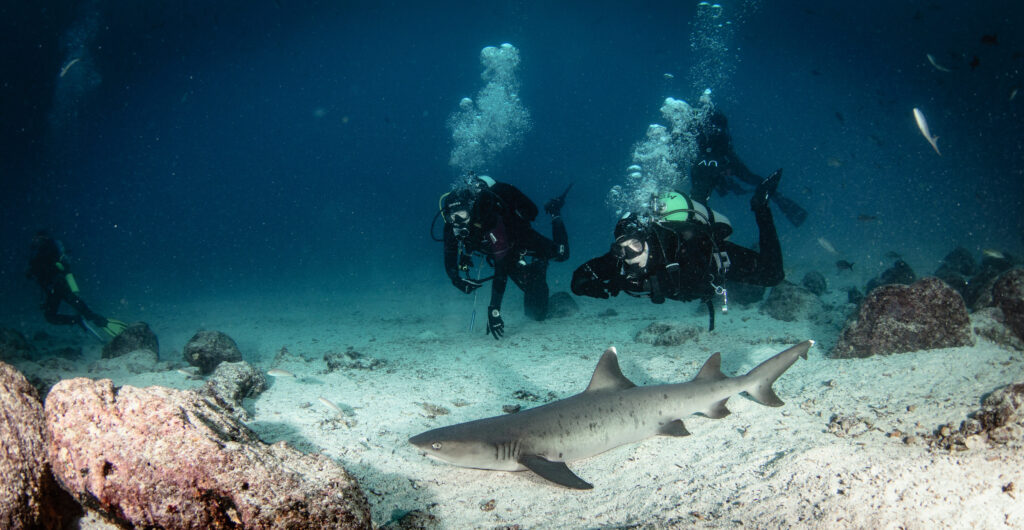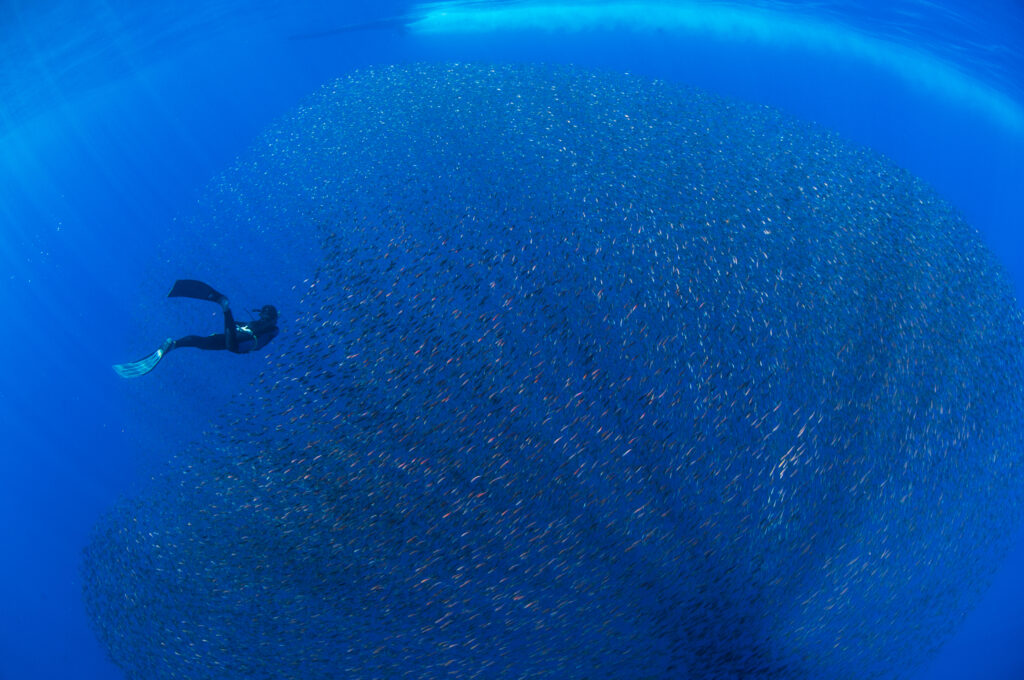What is Pounds Per Square Inch (PSI)?

Pounds per square inch (PSI) is a unit of pressure widely used in various fields, including scuba diving. Understanding PSI is crucial for divers because it directly relates to the equipment they use and their safety underwater. In scuba diving, PSI measures the pressure exerted by gas within a scuba tank, which is essential for breathing underwater. This unit helps divers know how much air they have left in their tanks, enabling them to plan their dives and avoid running out of air while submerged.
What is Professional Diving?

Professional diving encompasses a range of underwater activities performed by individuals trained and certified to work in various underwater environments. These divers are equipped with specialized skills and equipment to carry out tasks that support industries such as commercial oil and gas, scientific research, military operations, and public safety. The importance of professional diving lies in its contribution to the economy, scientific discoveries, and public safety operations, making it an indispensable occupation with a rich history and evolving technology.
What is Heliox?

Heliox is a breathing gas mixture composed of helium and oxygen, widely used in deep-sea diving due to its unique properties that improve safety and performance under extreme conditions. Unlike standard air, which consists of approximately 78% nitrogen and 21% oxygen, Heliox replaces the nitrogen with helium. This substitution is crucial in mitigating the adverse effects of nitrogen narcosis and oxygen toxicity that divers can experience at greater depths. Heliox has been a game-changer for technical and commercial divers, enabling them to work and explore at depths that would otherwise be highly hazardous.
What is Visual Inspection?

Visual inspection in scuba diving refers to the systematic examination of diving equipment to ensure its safety and functionality. This process is vital in identifying potential issues that could compromise a diver’s safety. Given the high-risk nature of scuba diving, regular visual inspections are crucial for preventing equipment failure that can lead to serious accidents. This article delves into the history, purpose, techniques, common issues, and standards associated with visual inspections in the diving industry.
What is Trimix?

Trimix is a specialized breathing gas mixture used by technical divers to safely reach greater depths than what is achievable with air or nitrox. Comprising oxygen, nitrogen, and helium, trimix helps mitigate the risks associated with deep diving, such as nitrogen narcosis and oxygen toxicity. By reducing the proportion of nitrogen and oxygen in the breathing mix, trimix allows divers to explore depths well beyond recreational limits while maintaining a safer physiological profile.
What is a No Stop Dive?

A no stop dive, also known as a no decompression dive, is a type of scuba diving where divers can ascend directly to the surface without having to make mandatory decompression stops. These dives are characterized by staying within certain depth and time limits to avoid the need for decompression, which occurs when dissolved gases, primarily nitrogen, form bubbles in a diver’s body during ascent. The practice is crucial for recreational diving as it emphasizes safety and proper planning. Understanding the concept and adhering to the guidelines can prevent decompression sickness, making no stop dives a fundamental aspect of safe diving practices.
What is a Frogman?

Frogman is a term used to describe a military scuba diver who engages in covert operations, underwater reconnaissance, and sabotage missions. These highly trained divers utilize specialized equipment and techniques to perform tasks that are essential to naval and military objectives.
What is Traverse in Scuba Diving?

What is Traverse in Scuba Diving? A ‘traverse’ in the context of scuba diving refers to the act of passing through an underwater cave, tunnel, or a passageway by entering at one point and exiting at another. This maneuver is both exhilarating and challenging, requiring a mastery of various diving skills, an understanding of the […]
What is a Rip Current?

A rip current, often simply called a rip, is a potent, localized and narrow current of water that moves directly away from the shore, cutting through the lines of breaking waves. It is a remarkable phenomenon that plays an integral role in the dynamics of the coastal environment and holds significant relevance for those who explore the undersea world, particularly scuba divers.
What is a Yoke Valve?

A yoke valve or fitting is a critical component in scuba diving, serving as the connection between a regulator or filling whip and a diving cylinder.
